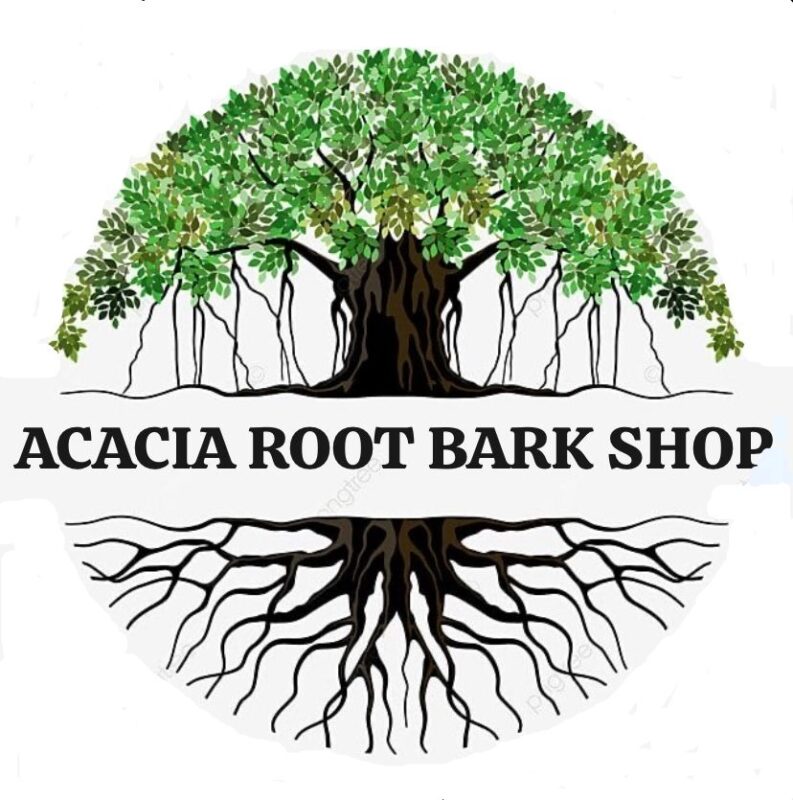Blog
Exploring the Benefits and Uses of Mimosa Hostilis Root Bark (MHRB)
Exploring the Benefits and Uses of Mimosa Hostilis Root Bark (MHRB), also known as Mimosa tenuiflora or Jurema preta, is a perennial tree native to South and Central America. It has gained popularity for its versatile root bark, which is commonly referred to as Mimosa Hostilis Root Bark (MHRB). This bark has been used for centuries by indigenous cultures for its healing properties and spiritual significance. In this blog post, we’ll dive into the history, benefits, and various uses of MHRB.
A Brief History of Mimosa Hostilis
The history of Mimosa Hostilis can be traced back to ancient Mesoamerican cultures, including the Mayans and Aztecs. Indigenous people used the root bark for a variety of purposes, such as treating skin conditions, healing wounds, and even in spiritual ceremonies. It was traditionally brewed into a drink called “Jurema” for ritualistic purposes, believed to aid in connecting with the spiritual realm. Today, MHRB remains an important part of herbal medicine and natural skincare, gaining popularity worldwide for its numerous benefits.

Key Benefits of Mimosa Hostilis Root Bark
Natural Skin Care and Healing One of the most well-known uses of MHRB is in natural skincare. The bark is rich in tannins, flavonoids, and other natural compounds that help in treating various skin issues. It is known for its ability to soothe and heal skin, making it an effective remedy for burns, cuts, and bruises. The high tannin content helps to tighten and protect the skin, while the antioxidants promote cell regeneration, helping the skin recover faster.

- Anti-Inflammatory and Antioxidant Properties MHRB has strong anti-inflammatory and antioxidant properties, which make it a great natural treatment for skin inflammations. These properties help to reduce redness, swelling, and pain caused by various skin conditions like acne, eczema, and rashes. The antioxidants in the bark fight free radicals, preventing premature aging and promoting overall skin health.
- Wound Healing Indigenous cultures have used MHRB for centuries as a wound healing agent. The bark’s natural properties help to disinfect wounds and promote faster healing. When applied to minor cuts, scrapes, or burns, it helps to protect the area from infections while promoting tissue regeneration.
How to Use Mimosa Hostilis Root Bark

- Topical Application MHRB can be made into a paste or powder that can be applied directly to the skin. For treating wounds, burns, or skin irritations, simply mix the powder with water or a carrier oil to form a paste and apply it to the affected area. This will help to soothe and protect the skin, promoting faster healing.
- Infusions and Extracts For those looking to incorporate MHRB into their skincare routine, infusions and extracts can be a great option. You can make a skin toner or face mask by infusing the root bark in hot water or using it as an ingredient in homemade creams and lotions. It can also be used as a rinse for the hair to help condition and strengthen the strands.
Conclusion
Mimosa Hostilis Root Bark is a versatile natural remedy with a rich history of use in skincare, wound healing, and traditional medicine. Its anti-inflammatory, antioxidant, and regenerative properties make it an excellent addition to natural skincare and hair care routines. However, as with all natural products, it is essential to use it responsibly and consult with healthcare professionals when needed.
